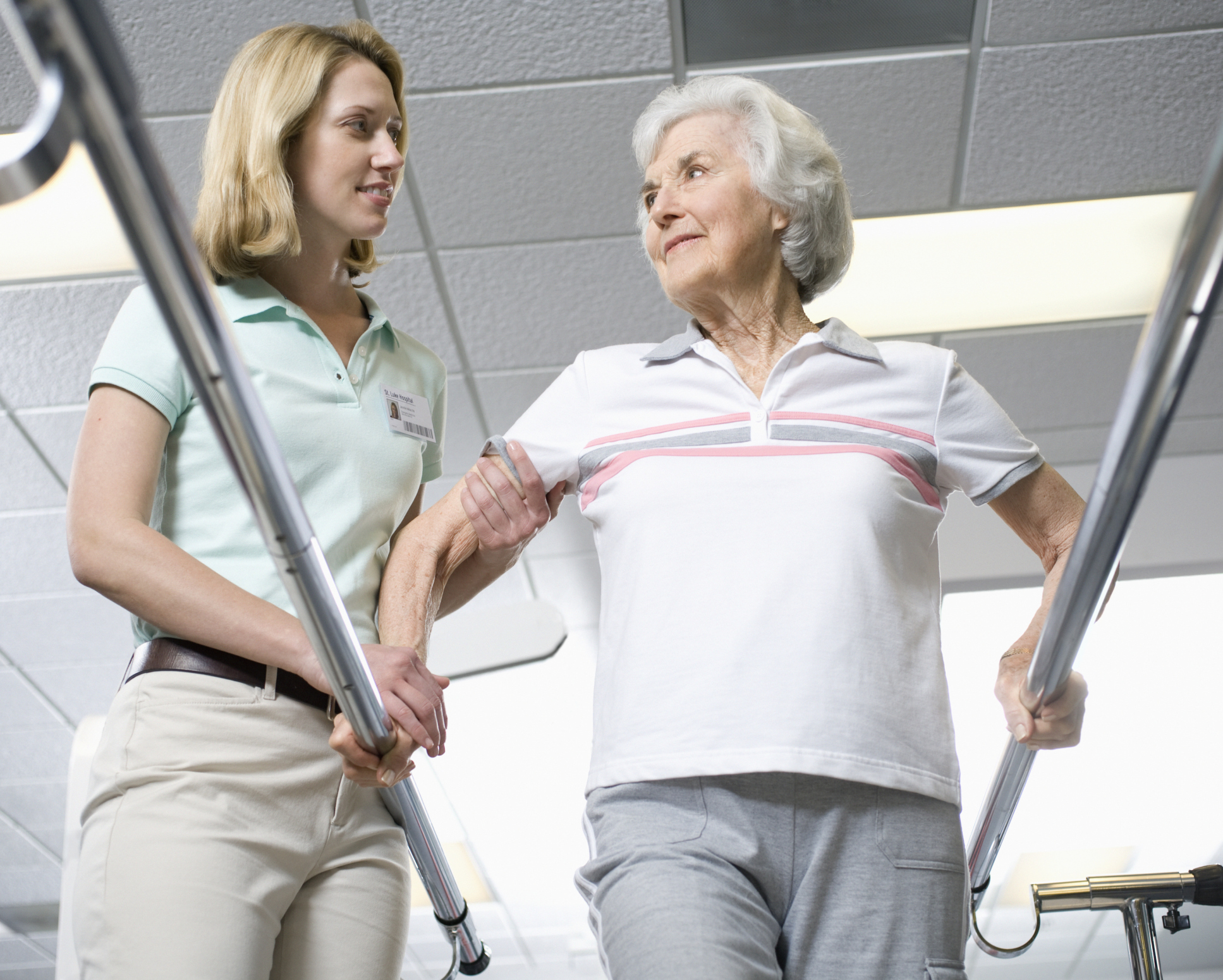
Older individuals with osteoporosis often develop spinal kyphosis, resulting in the formation of a pronounced hunchback, sometimes called a “dowager’s hump” (kyphos means “hump” in Greek). Kyphosis occurs because a spinal vertebra, usually at the level of the rib cage, becomes weak and porous.
Eventually, something as innocent as a sneeze or cough causes the vertebra to collapse, a situation called a compression fracture. Compression fractures are not always painful and often go undetected. When only the front part of a vertebra collapses, the spine tips forward, putting additional strain on the other vertebrae, causing them to collapse too. Soon, a noticeable hump develops.
People with kyphosis often experience muscle pain in the neck, shoulder and back from the misalignment of the spine. They also have an increased risk of falling and, in severe cases, may have difficulty breathing because the lungs cannot fully expand. Our staff will be happy to provide guidance in these areas.
Another way to reduce pain, improve balance and reduce the risk of falls is through an exercise program designed to
- strengthen the spinal extensor muscles
- increase flexibility
- improve spinal proprioception, or the ability to maintain stability and balance
Age is no deterrent to beginning such an exercise program. A study conducted in 2009 by the Department of Physical Therapy and Rehabilitation Science at the University of California, San Francisco, showed that even 80-year-old women with kyphosis maintained gains in spinal strength, flexibility and physical performance one year after completing a 12-week exercise program.
Because people with kyphosis have weak bones and experience compression fractures, engaging in the wrong exercise can cause further damage. Your exercise program should be designed by a physical therapist who understands kyphosis and can determine, in consultation with your doctor, how you can safely exercise. We will be happy to talk with you about beginning a program that will strengthen spinal muscles and increase flexibility to minimize your kyphosis symptoms.

















